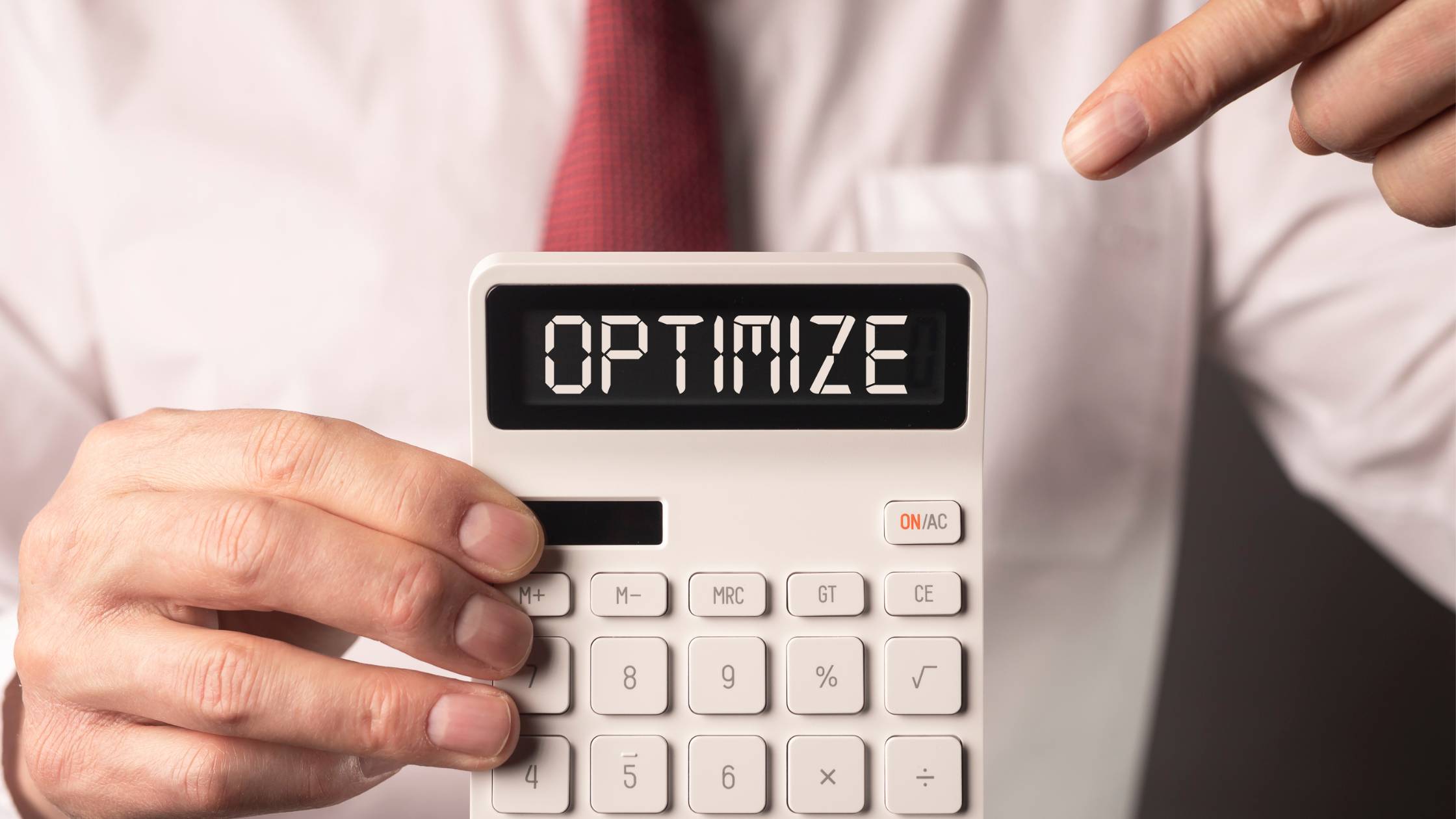VIEW BY TOPIC
- Finding Customers
- Business Systems
- Managing Employees
- Leadership
- Managing Money
Related Posts

Ready to Grow Your Business Fast?
Here’s How I Grew Five Businesses, and Eventually Sold One to a Fortune 500 Company.
Why Measuring Results In 2023 in Your Businesses Is Crucial
Why Measuring Results In Your Businesses Is Crucial
Measuring results is crucial! As a self-employed person, you know how business can be unpredictable. Since everything keeps changing and you need to keep adapting to every change, it is important to constantly measure your business results.
All businesses have ups and downs. And when you’re in a down cycle, there is nothing better to help you get up again than looking at the results and evaluating them. Conversely, when you are in an upcycle you want to measure what is working right so that you can repeat your success.
The Importance of Tracking Lead Indicators and Lag Indicators
There are two types of Key Performance Indicators: Lead indicators and Lag indicators. Lead indicators are measures of what happened today and this week. Examples include the number of today’s and this week’s prospects, the number of prospects you have converted into customers, recent customer reviews, etc. Lag indicators measure what happened in the past. Examples of Lag Indicators include income statements, balance sheets, and cash flow statements.
When you are looking to measure the results of your small business, there are many different methods or approaches that you can use. My preference is to use lead indicators and lag indicators. But in both cases, you want to track your results as quickly as possible. If you are using Quickbooks it is possible to have your income statement in real-time. That requires you or your accountant to enter all of your sales and expenses daily.
Here are some Key Performance Indicators to consider for your business:
#1: Determine Your Customer Satisfaction:
Measuring results is crucial with customer satisfaction. As a self-employed person, you know that the ultimate goal is to have good customer satisfaction. In fact, there are some business owners that only use customer satisfaction when they are measuring results. However, I’m not that extremist even though I believe this is a very important method.
The reality is that if a customer isn’t happy with the product or service they bought from you, they won’t buy from you again. So, how can you start measuring results?
Getting Online Reviews
One easy way is to have your customers to give you online reviews with Google, Yelp or other Social Media platforms. The rating scale is 1 to 5, with 5 being excellent and 1 being poor. You have to be pretty confident of your service or product because your rating will be posted for the world to see. The upside to doing this is if you have great reviews everyone will know it! One downside is that you may not be able to track certain aspects of your service that you may want to improve.
If you want more specifics you can use a survey with specific questions and ask for a review or feedback, or you can simply ask your customers directly. Doing this allows you to understand how certain departments in your business may be working such as reception, reservations, operations, billing, etc.
What if You Get a Bad Review?
One thing that you need to have in mind is that you won’t be able to make everyone happy. There will always be a couple of customers that won’t be happy no matter what you do. However, don’t let this affect you. Take note of their opinion and try to improve the services or products that you are selling. If the negative review is online always respond to the review with an online review and apology and an offer to remedy the situation. Finally, bury that negative review under a lot of positive reviews! Be proactive about asking for reviews; the more the better.
#2: Measuring Results With Your Financial Statements:
Measuring results with your financial statements is crucial; they tell a story. The story of your recent performance of how much you sold, how much you spent, and how much was left after doing your selling and spending.
While you may not be an accountant and don’t understand financial statements very well, you want to learn how to read them. After all, you need to make sure that you know how much money your business is making and how much it is spending.
Measuring Results Using a Cash Flow Statement, a Balance Sheet, and an Income Statement
The main documents that you really need to understand are the cash flow statement, the balance sheet, and the income statement. The cash flow statement will allow you to know how much liquid cash you have. The balance sheet is a great tool to see how much you own and how much you owe. Last but not least, the income statement will show your profits and losses in a specific period of time.
When you look at them all together, you’ll get a great perspective on how your business is.
#3: Determine The Number of Prospects That You Are Getting:
Measuring results with your prospects is crucial. You should know how many prospects you need in order to win a customer. Your marketing activities should bring you the number of prospects that you need in order to meet your sales goals. Begin to track every inquiry that you receive through phone, through email, and through social media. Find out how these prospects found out about your business so that you can measure the results that your marketing activities are bringing to you.
#4: Determine The Number Of New Customers That You Are Getting:
One of the best ways of measuring results in a small business is to look at the number of new customers that you have on average. While it is important to keep your current customers happy, it is also important to get new ones. After all, when you don’t have new customers or you have one or two new customers a month, you can say that your business is stagnant (in some industries, and depending on the products or services that you provide).
In case you have no idea about how to start measuring results in this field, you can start right now. Simply create a list with your current clients and their email addresses, for example. As you have a new client, add him to the list with the date. This way, it will be easier to know if you are increasing your average of new customers, reducing it, or if you are stagnant.
#5: Measuring Results With Your Employees:
While keeping monitoring your financials as well as your customers’ overall satisfaction, your employees’ input is also crucial. So when you’re measuring results, you can’t forget about them. After all, they are the ones work hard so that your business can reach the goals you defined.
One of the things you can do is to conduct performance reviews once or twice a year. These will allow you to see if employees are happy with their current job position, with their responsibilities, and with their payrolls as well as they allow you to determine if they are completing their tasks in an efficient way.
I also recommend reviewing all your Key Performance Indicators with your employees and getting ideas from them on how to improve your performance.
As you can see, there are a lot of alternatives to measure results. And the best thing is that you don’t have to choose one over the other. You can (and should) use as many methods as you can so that you can truly start improving your business results.
Conclusion
What measures do you use? Have you tried any that have not been helpful to you? Tell us in the comments below.














